In midst of pandemic, UMMC continues taking care of patients
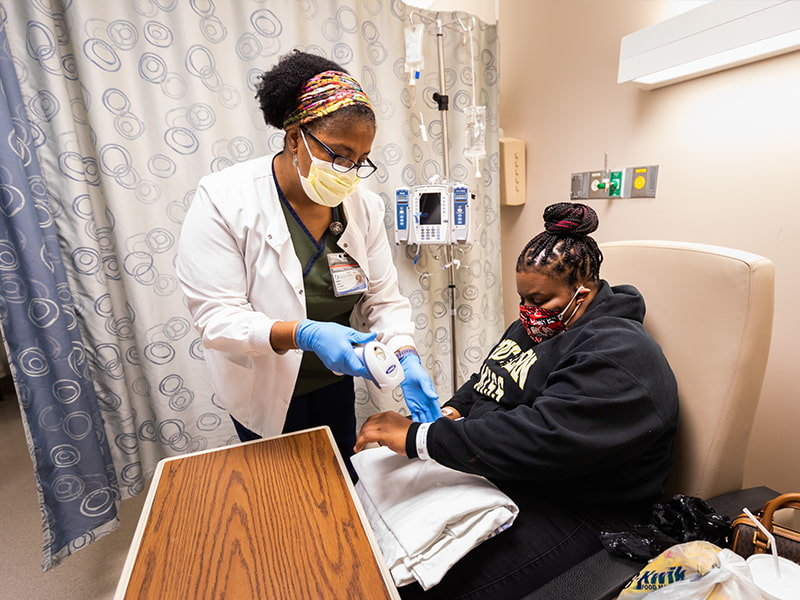
Cancer, heart disease, autoimmune disease, and emergent health issues such as heart attack, stroke and broken bones.
None of these conditions are put on pause for COVID-19, and the University of Mississippi Medical Center has not paused providing necessary services, even in the face of a public health crisis.
For Doris Whittington, who has been receiving Remicade treatments for her Crohn’s disease at the Infusion Center at Select Specialty Hospital since 2013, the continuation of services has been a huge relief. Missing even just one treatment could have a major negative impact on her health, she said.
The center provides infusions to patients suffering from arthritis, lupus, Crohn’s and multiple sclerosis, among other conditions.
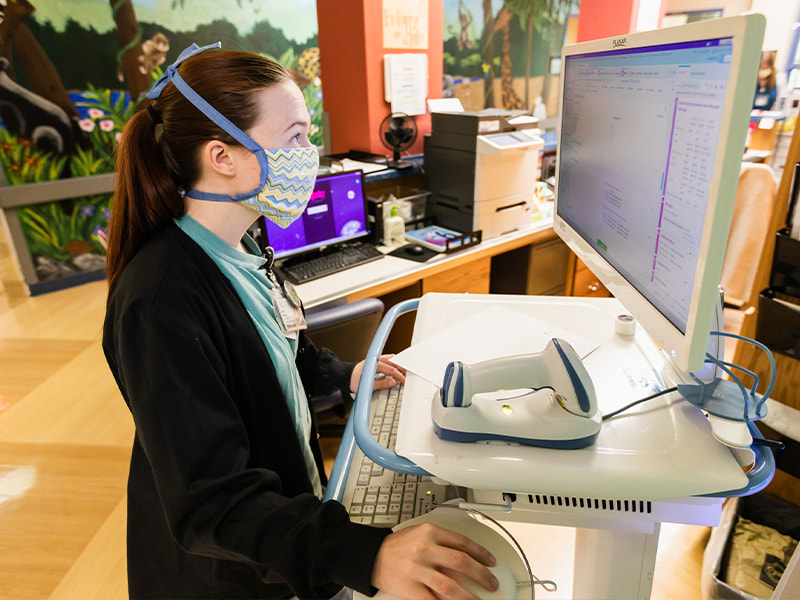
The goal now, as always, is to keep them in remission and out of the hospital, said Angela Davis, nurse manager for the center.
“We have enough stress as it is with all this,” Whittington, who works at the Medical Center in the department of psychiatry, said. “If you come out of remission, it could be terrible.”
They have limited guests and have implemented three levels of screening for patients before they receive their treatments to ensure they are not ill.
All over the Medical Center, services such as cancer treatments, infusions and surgeries continue, while others are delivered via telehealth, and providers are learning new ways of doing things that will hopefully stick even in the days following the pandemic.
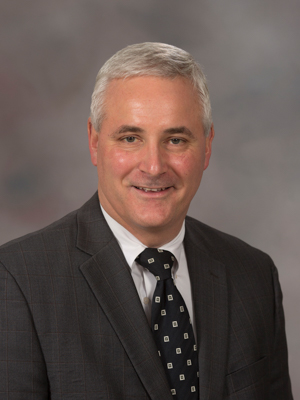
“We’re providing the same patient care we did before COVID-19, just at a lower patient volume” after the reduction of surgeries, procedures and clinic visits, said Britt Crewse, chief executive officer of the adult hospitals.
For example, patients with lab-only visits at University Pavilion can now have blood drawn without even having to go into the building.
Not only is the new method safer, but it’s also more convenient.
“Imagine you’re the parent of a 5-month-old and you need to get him or her tested every couple weeks,” said Crewse. “Now you pull up, and the baby can have labs drawn right outside of the car.”
Health care providers at the Cancer Center and Research Institute at the Jackson Medical Mall are providing treatments and care in the safest way possible, and, of course, incorporating more telehealth.
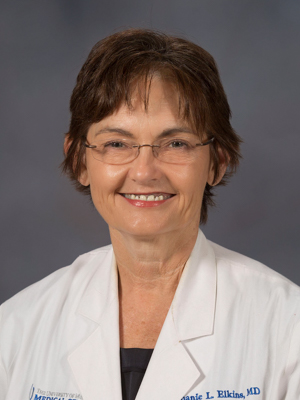
“We’re trying to see a majority of those who need routine follow-up via telehealth,” said Dr. Stephanie Elkins, chief of the Division of Hematology and Oncology. That includes cancer patients who need follow-up visits at three, six and 12 months.
“For those who need to come, we’re doing all we can to minimize contact with others and exposure in the waiting rooms,” she said.
Those who need to come include patients with cancer and blood disorders receiving treatment, those newly diagnosed and those whose care can’t be handled via telehealth.

Dr. Srinivasan Vijayakumar, director of the Department of Radiation Oncology, said his staff also are offering telehealth options when appropriate, and they account for about 20 percent of follow-up visits.
Tactics to minimize contact at CCRI clinics at Jackson Medical Mall include screening all patients and limiting visitors and setting up blood draw stations in the JMM hallway near the outpatient clinics. This is for patients who need routine blood counts to monitor cancer or other blood diseases, and those who need a blood count before receiving treatment.
They’re able to have blood drawn and wait in their vehicle until called with the results. Those who need infusions are escorted directly to an infusion room for treatment.
Cancer treatment typically involves one or a combination of medical oncology (infusions, shots or pills), radiation oncology and surgery.
Dr. Shannon Orr, chief of the Division of Surgical Oncology, said cancer surgeries are essential.
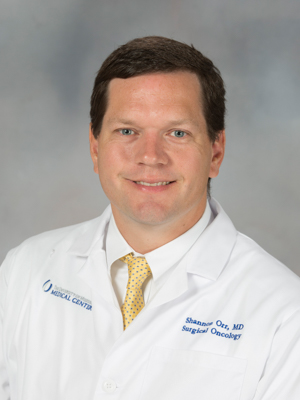
“The patient may have started chemo or radiation several months ago, before COVID was a big threat, to treat the tumor in preparation for surgery,” he said. “To stop the surgery and wait, we risk their tumors growing or the cancer coming back.”
CCRI interdisciplinary teams, focusing on 13 types of adult and pediatric cancers, still meet to discuss each new patient’s treatment and the order in which they should receive it, Vijayakumar said. The order of treatment can be crucial in achieving the best outcomes.
A similar story is unfolding in the Children’s of Mississippi clinics.
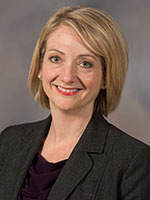
“There’s a perception that the clinics have closed, but that’s certainly not the case,” said Karen Dowling, Children’s of Mississippi chief ambulatory and network operations officer. “We’ve consolidated our operations to make them more efficient and incorporated telehealth to keep as many patients safely at home as possible while also receiving needed care.”
This includes even physical and occupational therapy for patients who might otherwise experience functional delays if they missed any treatment.
Delivering that therapy via telehealth has an added advantage and may continue when the threat of the novel coronavirus has lessened.
“A lot of what we do are functional activities, which, being in the home setting (with telehealth) can be a benefit,” said Dowling. “We hope in the future we can continue to use that kind of hybrid model for certain patients where it is appropriate.”
In addition, parents get increasingly involved when telehealth is used – yet another reason to continue utilizing telehealth in the future.
Dowling said many other areas of the pediatric world continue, including the Center for the Advancement of Youth, which is still providing behavioral and developmental therapy for children via telehealth.
In addition to a commitment to continuing to provide needed services to patients, Medical Center leaders are committed to learning every available lesson this crisis teaches.
“This is an opportunity to change the way we’ve been doing business, and there are lessons we’re learning on how we can better serve our patients and the community going forward,” said Crewse.


